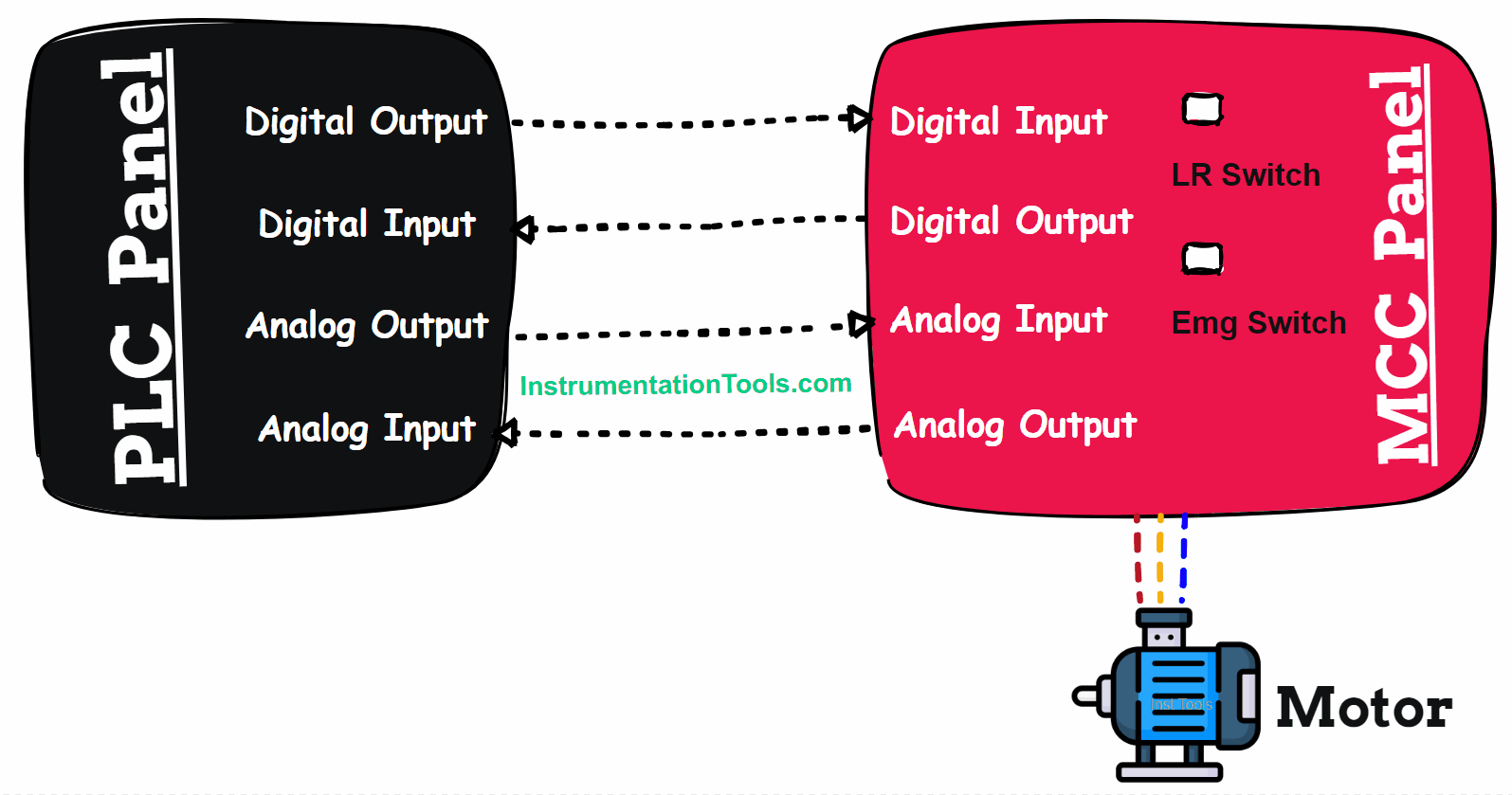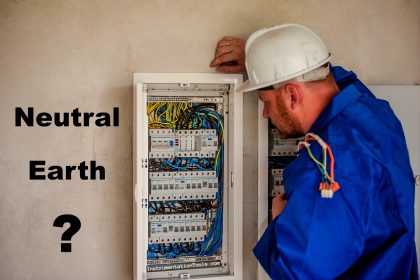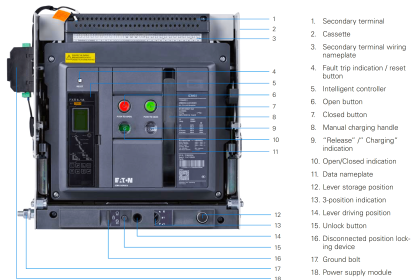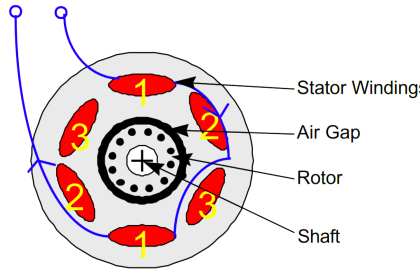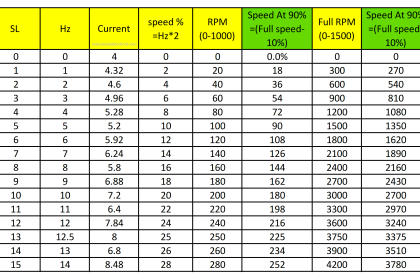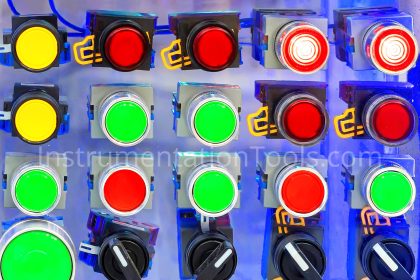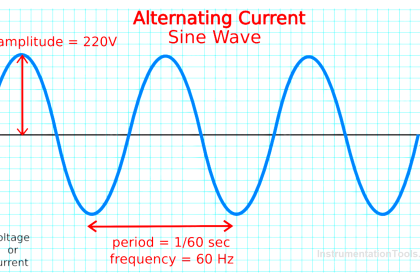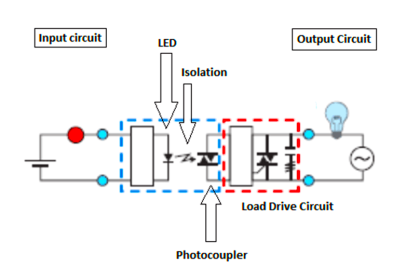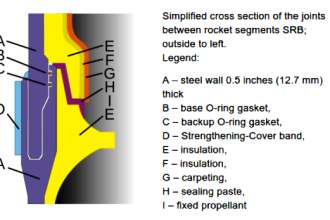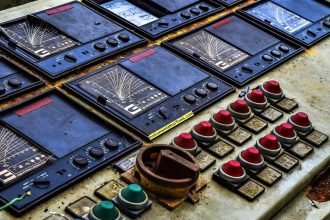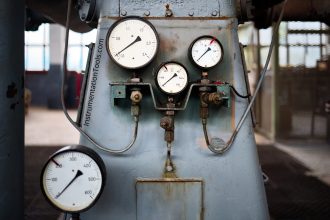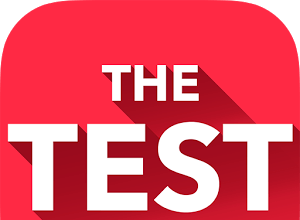Oil is required in every machine for lubrication. It ensures the longevity of the machine parts and its functioning is necessary for proper use. The same concept goes for compressors in HVAC. Compressors too run on oil for lubrication.
In the discharge line of the compressor, oil is released continuously. This oil cannot be fed to the condenser and remaining circuits. So, we use a device called an oil separator in HVAC for this purpose. In this post, we will see the concept of an oil separator in HVAC and how it works.
Why should oil be separated in refrigeration cycles?
Oil is not required in condensers, because oil is hot in the compressor and cold in the condenser. Due to this continuous heating and cooling, after a certain period of time, it will start to build itself in sludge form and accumulate unwanted in devices like condensers and evaporators. This will hamper their working, as the refrigerant gas flow will be blocked.
The running time of the condenser fan and expansion valves will increase because instead of a pure gaseous mixture, it is getting a gas-liquid mixture. Due to this, it will try more to work and cool the gas, when it does not have the required composition and is thus trying forcefully to achieve it.
Expansion valves and evaporator coils will start to get choked, due to which heat exchange will not occur and will result in the overall failure of the system.
What is the oil separator in the refrigeration cycle and how does it work?
Compressors, like other mechanical devices, require oil for lubrication. When the oil is used by the compressor, it also discharges along with the refrigerant gas in the discharge line. This oil is not required in the further lines of condenser, expansion valves, and heat exchangers. It should rotate near the compressor only. To prevent oil from reaching further circuits, we use a device after the compressor called an oil separator.
As the name implies, it is used to separate oil from refrigerant gas and allows only the gas to pass further. The oil is rotated back to the compressor. Due to this, the oil is reused by the compressor and also prevented from going further in the line.
Refer to the below image for more understanding. The superheated and oil-laden gas from the compressor leaves the discharge line. This mixture then enters the oil separator. It is to be noted that the pressure and temperature of the mixture are very high. Due to this, the speed and velocity of this mixture are also very high.
But when it enters the separator, it enters a very small cross-sectional area, which decreases the speed of gas. Due to this expansion, the heavier oil accumulated beneath the separator. And, the gas is passed through the outlet in the upper direction as it is lighter in molecular weight (like how gas vapor evaporates).
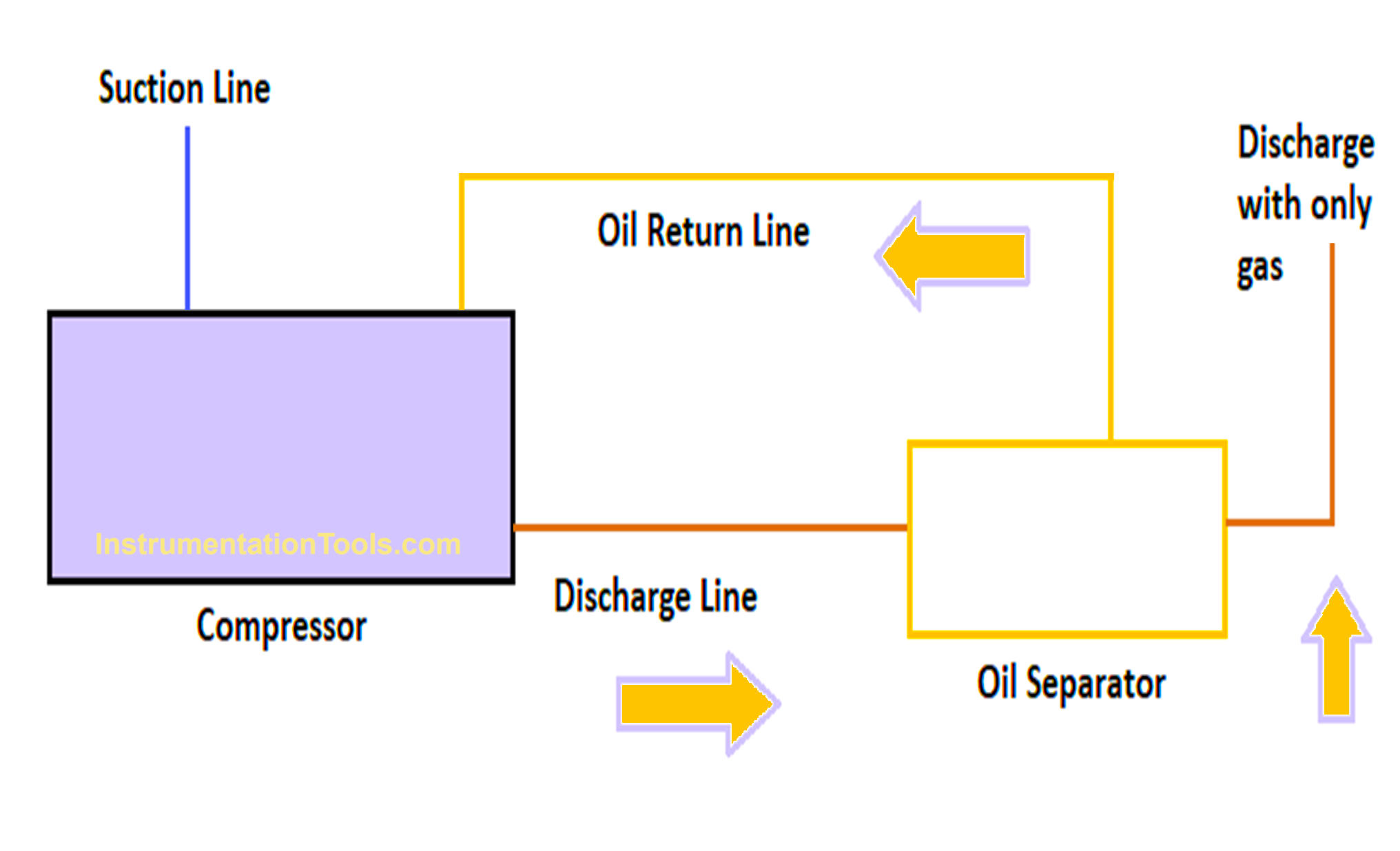
As the oil accumulates beneath, a discharge valve outside will open frequently based on the current level (the level is checked by a float ball). When the required oil is filled, the valve opens and throws the oil out back to the compressor crankcase.
Important points to remember for oil separator
- Excess return oil is also not good for the compressor. So, design the oil separator and choose it in such a way that only the required amount of oil reaches the crankcase.
- It is commonly used for refrigerant gases like R22, R134, R404, R507, and R410.
- It is always necessary to maintain and check the oil level in the separator and compressor on a regular basis.
- The filters and strainers of the oil separator must be cleaned regularly to prevent gas from being choked inside the separator.
- The oil separators must be installed in the vertical position and not the horizontal position. Otherwise, the gravity of oil accumulating down will not work at all.
- The system tonnage of the compressor must be considered before choosing the right separator, otherwise, you will not know how much mixture of oil will be present in the discharge of the compressor.
In this way, we saw the concept of an oil separator in HVAC.
Read Next:
- HVAC Chiller Maintenance
- Pneumatic Moisture separator
- Instrument Air System Design
- HVAC Refrigeration Cycle
- Lubrication Control System
